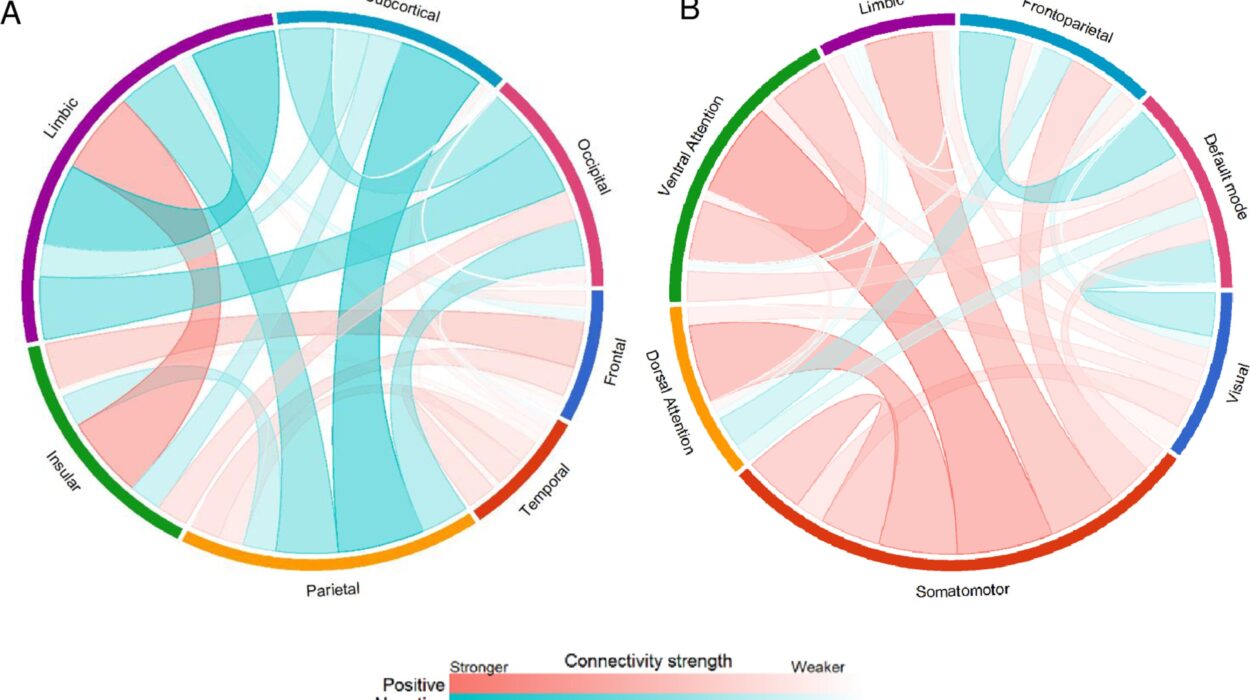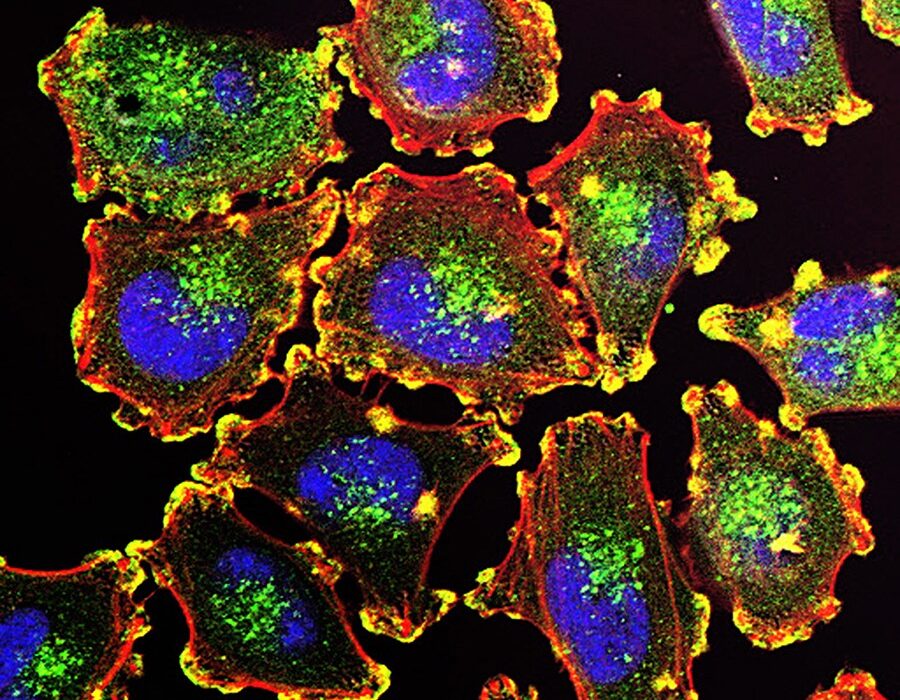In a world that rarely stops spinning—where emails ding, social media scrolls endlessly, and responsibilities multiply—there’s a quiet act that holds transformative power. No hashtags, no likes, no applause. Just you, a pen, and a blank page. It’s called journaling, and for many women, it’s becoming more than a wellness trend. It’s a lifeline, a tool, a mirror, and a sanctuary.
Mental health, particularly for women, is often entangled with expectations, caregiving roles, body image pressures, hormonal cycles, trauma, and the sheer weight of being everything to everyone. Therapy is invaluable, support networks are critical, but journaling? It’s the deeply personal, ever-available therapy that costs nothing but your time and honesty. And yet, its impact can be profound.
This is not about keeping a teenage diary or documenting what you had for breakfast (unless you want to). This is about crafting a practice that peels back the layers of your inner world, one sentence at a time. For women navigating anxiety, depression, burnout, motherhood, identity shifts, grief, or simply the daily grind—journaling is more than writing. It’s healing.
The Science of Writing It Out
It might feel like magic, but journaling is backed by science. Psychologists and neuroscientists have studied the effects of expressive writing for decades, and the findings are compelling. Dr. James Pennebaker, a pioneer in the field, found that writing about emotional experiences for just 15–20 minutes a day can lead to significant improvements in mental and physical health. These benefits range from reduced symptoms of depression and anxiety to improved immune function and even faster healing from physical injuries.
What’s happening in the brain is remarkable. When you journal, the prefrontal cortex—the part responsible for logic and reason—engages with the amygdala, the seat of fear and emotion. Writing creates a dialogue between these brain regions, helping to regulate emotions and reduce the intensity of distressing thoughts.
For women, who often process emotions in deeply nuanced ways, journaling provides a space to give voice to feelings that may be buried under layers of daily obligation. It’s a form of cognitive processing—a way to make sense of confusion, untangle emotions, and reframe the stories we tell ourselves.
A Safe Place to Be Unfiltered
One of the most profound aspects of journaling is the safety it offers. In a journal, you don’t have to censor your truth. You can rage, weep, dream, confess, and question. You don’t have to be polite, logical, or perfect. There’s no need to sugarcoat your pain or dilute your joy. Your journal won’t judge you. It won’t interrupt. It won’t give unsolicited advice. And in a world that often demands emotional labor from women—this freedom is radical.
This space allows women to process emotions that may be inconvenient or unacceptable in daily life. Anger, for example, is often seen as an emotion women should suppress. But in the pages of a journal, it can roar unapologetically. Grief, longing, jealousy, desire—these too can find their rightful place. Naming these emotions is not only cathartic, but essential for integration and growth.
Over time, women who journal regularly begin to recognize patterns in their emotions and behaviors. They develop greater self-awareness, which in turn builds emotional intelligence. And emotional intelligence is not just a buzzword; it’s a powerful asset in relationships, work, and overall mental health.
Journaling Through the Seasons of Womanhood
Women’s mental health is often deeply intertwined with life stages. Hormones fluctuate. Roles shift. Bodies change. Each phase of a woman’s life—from adolescence to motherhood to menopause—brings unique mental health challenges. Journaling becomes a companion through these seasons, helping women navigate transitions with grace and insight.
For teenage girls, journaling can be a grounding tool in a time of identity formation, body image struggles, peer pressure, and academic stress. Writing becomes a place to experiment with thoughts and values, to vent frustrations, and to celebrate small victories.
In early adulthood, journaling helps women make sense of career decisions, relationships, and independence. It allows space for reflection amidst rapid change.
Motherhood, with its immense joy and often-overwhelming responsibility, is a time when mental health is particularly vulnerable. Postpartum depression, anxiety, and the emotional toll of caregiving are real and under-discussed. Journaling offers mothers a space to process the complex emotions of parenting—love, guilt, exhaustion, pride, fear—and to reclaim a sense of self beyond the mothering role.
Perimenopause and menopause introduce another shift in mental health. Hormonal fluctuations can trigger mood swings, anxiety, and depressive episodes. Journaling helps women chart these changes, advocate for themselves with medical professionals, and find solace in their evolving identities.
Each of these seasons is rich with emotional complexity, and journaling meets women exactly where they are, offering understanding without expectation.
Writing as a Way to Reclaim the Narrative
Women’s mental health is often shaped by cultural narratives—stories that are told about what women should be, how they should feel, and what they should want. These stories are inherited from families, absorbed from media, reinforced by institutions. Over time, they shape how women view themselves.
Journaling becomes an act of rebellion against these inherited narratives. On the page, a woman can question the roles she’s been assigned. She can rewrite the story of her body, her ambition, her trauma, her worth. She can challenge internalized misogyny, process patriarchal conditioning, and claim her voice.
For women who have experienced trauma, particularly sexual trauma or abuse, journaling can be a powerful way to reclaim agency. It allows survivors to piece together memories, explore their responses, and articulate their truths in their own words. While journaling is not a replacement for therapy, it is often an essential companion in the healing process.
This reclamation of narrative extends to all areas of life. A woman writing her own story—on her own terms—is engaging in an act of psychological liberation. She becomes not just the subject of her life, but the author.
Managing Anxiety and Overwhelm
Anxiety is one of the most common mental health challenges among women. Whether it stems from biological predispositions, societal pressures, or life stressors, anxiety can feel like a relentless buzz in the background—or a storm crashing through the mind.
Journaling provides an anchor in these turbulent mental waters. It externalizes thoughts that would otherwise swirl endlessly. By putting anxiety on the page, women begin to examine it, question it, and slowly disarm it. Writing helps slow down the spiraling thoughts and turn them into sentences. It turns fear into something tangible—something that can be observed, challenged, and ultimately softened.
For women living high-stress lives—balancing work, family, finances, and expectations—journaling is a form of self-regulation. It creates a sacred pause. A moment to breathe. A place to unravel the knots of stress before they calcify into burnout.
And when burnout does come, as it often does, journaling becomes the gentle hand that guides women back to themselves. It asks: What are you feeling? What do you need? What can be released?
Journaling as a Mirror and a Map
Over time, a journal becomes both a mirror and a map. A mirror because it reflects your inner world back to you—your fears, your dreams, your patterns, your growth. And a map because it tracks where you’ve been and helps guide where you’re going.
When women revisit old journal entries, they witness their own evolution. They see how far they’ve come. They remember moments they thought they wouldn’t survive—and yet they did. This retrospective clarity builds resilience. It shows women that they are not static, that healing is possible, and that growth often happens slowly, quietly, and beneath the surface.
This process of self-documentation is particularly powerful in an age where digital life erases moments quickly. Journaling captures the raw, unfiltered truth of what it means to be alive. To be a woman. To feel deeply.
Creativity as a Healing Force
Not all journaling has to be serious or therapeutic in the traditional sense. It can also be playful, imaginative, artistic. Creativity is a healing force, and journaling invites women to engage with their inner artist, poet, philosopher, and dreamer.
Some women find joy in bullet journaling—turning their journals into colorful planners filled with doodles, stickers, and designs. Others write poetry, letters they’ll never send, or dialogues with their inner child. Some use prompts, others follow stream-of-consciousness. There’s no right way to journal. The beauty lies in its flexibility.
For women who feel disconnected from their creativity—perhaps silenced by years of caregiving or practical responsibilities—journaling is a way back. A rekindling. A reminder that their voice matters, not because it’s perfect, but because it’s theirs.
Spirituality, Intuition, and the Feminine Wisdom
For many women, journaling is a spiritual practice. It becomes a place to connect with something greater—whether that’s God, the Universe, ancestors, or the quiet whisper of intuition. The act of writing can feel like prayer, like ritual, like listening.
Women often carry a deep well of intuitive wisdom, one that is drowned out by the noise of modern life. Journaling is how that wisdom returns. It’s the moment when a woman listens to her gut and writes what she truly knows beneath the surface.
Some women use journaling as part of moon rituals, spiritual cycles, or intention-setting. Others use it to ask questions they’re not ready to voice aloud. It becomes a spiritual touchstone—a place to return to again and again, especially in times of doubt.
Healing Across Generations
Women do not exist in isolation. They are daughters, sisters, mothers, grandmothers. Their stories ripple through generations. And journaling can become a way to break cycles, heal ancestral wounds, and pass down new wisdom.
By writing about mental health openly, women model vulnerability and self-care for the next generation. When a mother journals, she is not just tending to her own well-being—she is showing her children that emotions are safe, that reflection is powerful, and that healing is sacred.
In some families, journals become heirlooms—pages filled with raw truth, resilience, and remembrance. Even if they are never read by others, the act of writing creates a legacy of self-connection that transcends time.
Starting the Practice, Sustaining the Journey
Journaling doesn’t require eloquence. You don’t need to be a writer. You just need a place to begin. A quiet corner. A few minutes. A willingness to be real.
Some women journal in the mornings to set intentions. Others write at night to release the day. Some use prompts like “What am I feeling right now?” or “What do I need to hear today?” Others simply write whatever comes to mind.
The key is not perfection, but presence. Showing up for yourself, again and again, even when you don’t know what to say.
There will be days when the words flow easily, and days when you stare at the page. Both are part of the process. Journaling is not about productivity. It’s about connection.
A Quiet Revolution, One Page at a Time
In a world that often asks women to be silent, journaling is a powerful act of reclaiming voice. In a culture that tells women to shrink, journaling helps them expand. In a society that moves fast, journaling slows time.
It is a deeply personal, wildly accessible form of mental health care—one that empowers women to know themselves, soothe themselves, and love themselves more fiercely.
Journaling won’t fix everything. But it will listen. And sometimes, that’s enough to begin.
So pick up the pen. Start the sentence. Write the truth, even if your hand trembles. The page is waiting—and so is your healing.






